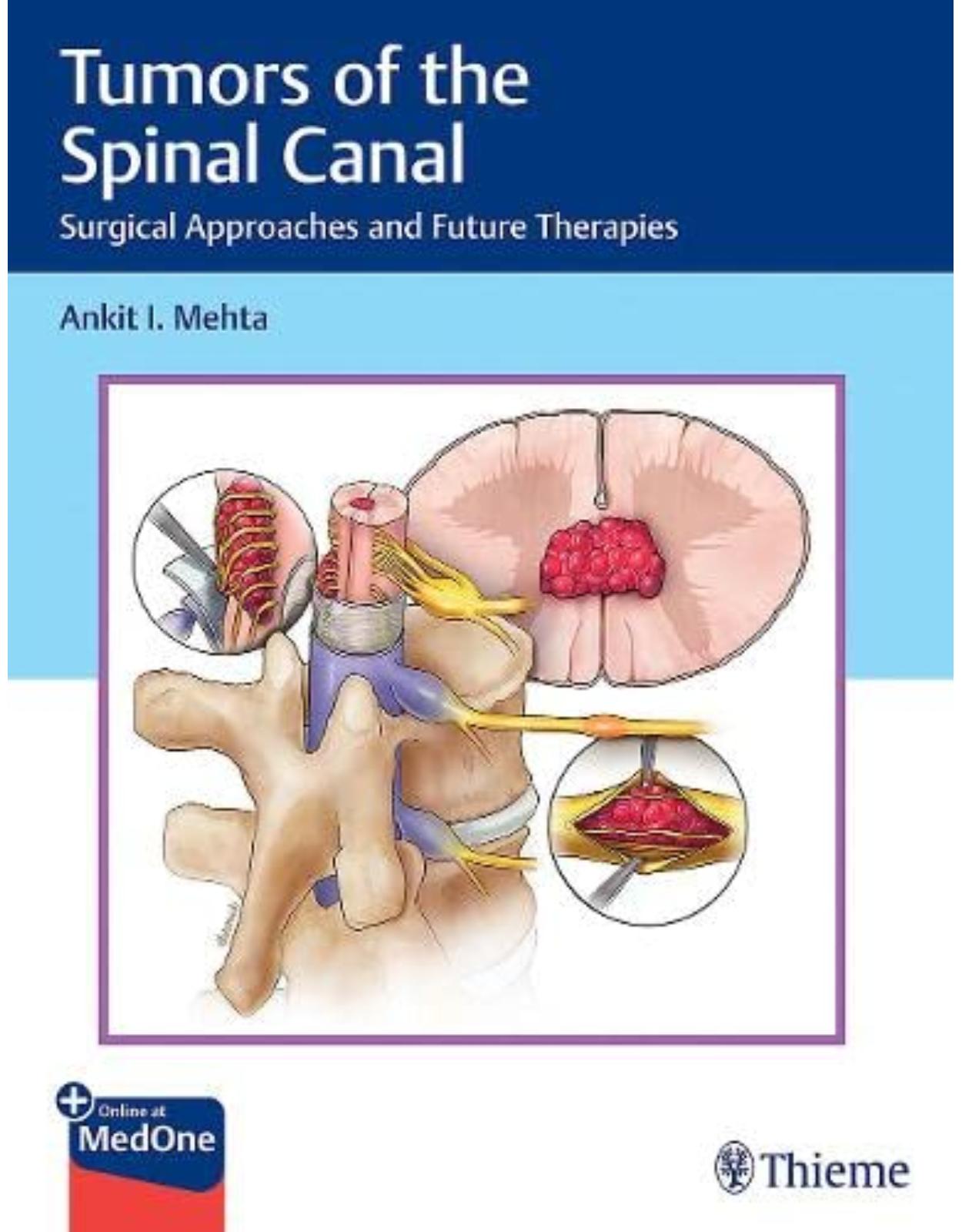
Tumors of the Spinal Canal: Surgical Approaches and Future Therapies
Livrare gratis la comenzi peste 500 RON. Pentru celelalte comenzi livrarea este 20 RON.
Disponibilitate: La comanda in aproximativ 4 saptamani
Autor: Ankit I. Mehta
Editura: Thieme
Limba: Engleza
Nr. pagini: 150
Coperta: Hardcover
Dimensiuni: 22.3 x 1.5 x 29 cm
An aparitie: 17 Jan. 2022
A state-of-the-art resource on current and future advances in the treatment of intradural spinal tumors
Tumors of the spinal canal provide unique challenges in terms of surgical approaches and oncological treatment. Management requires in-depth knowledge of the intricate anatomical relationships between the tumors and normal spinal pathways, restricted corridors of entry, and limitations of drug penetration. Over the past few decades, significant strides have been made in the treatment of these tumors. Development of minimally invasive techniques and greater understanding of these pathologies has resulted in improved safety, precision, and outcomes. Tumors of the Spinal Canal: Surgical Approaches and Future Therapies by Ankit I. Mehta and esteemed contributors is the most comprehensive textbook written to date on this topic.
The book starts with two opening chapters covering an overview and anatomy, followed by three sections and 11 chapters on intramedullary spinal tumors, intradural extramedullary tumors, and peripheral nerve tumors. The comprehensive review encompasses anatomy, pathophysiology, therapeutic and surgical advances, diverse surgical techniques, and future directions. Throughout the text, readers are provided with the necessary tools to master management of these clinically difficult tumors, from both a medical and surgical standpoint.
Key Highlights
Treatment algorithms, clinical study summaries, and differential diagnoses presented in reader-friendly tables enhance acquisition and retention of knowledge
Comprehensive analyses and pearls from masters provide insights on how to manage complications and improve patient outcomes
Discussion of current research innovations, clinical trials, and future directions that have the potential to change the treatment paradigm
Neurosurgical residents, spine fellows, and complex spine surgeons will benefit from reading this resource cover-to-cover, while the intradural spinal tumor treatment paradigms provide an invaluable clinical tool for neuro-oncologists and oncologists.
This book includes complimentary access to a digital copy on https://medone.thieme.com.
Table of Contents:
Preface
Contributors
1 Overview of Spinal Canal Tumors
1.1 Introduction
1.2 Differentiating Tumor Pathology and Neurological Mimickers
1.3 Research Areas and Future Therapies
1.4 Conclusion
2 Anatomy of the Spinal Cord and Nerve Roots
2.1 Introduction
2.2 Anatomy of the Vertebral Column and Vertebrae
2.2.1 The Vertebrae: General Features
2.2.2 The Vertebral Canal
2.2.3 The Intervertebral Foramina
2.3 Development of the Spinal Cord
2.3.1 Early Development
2.3.2 Neurodifferentiation in the Spinal Cord
2.3.3 Development of the Spinal Cord White Matter
2.3.4 Development of the Meninges
2.3.5 Length of the Spinal Cord in Relation to the Vertebral Column
2.4 General Anatomy of the Spinal Cord
2.4.1 The Anterior Median Fissure and Posterior Median Sulcus
2.4.2 Regions of the Spinal Cord
2.5 Internal Anatomy of the Spinal Cord
2.5.1 The Spinal Gray Matter
2.5.2 Neuronal Cell Groups: Rexed's Laminae
2.5.3 The Dorsal Horn
2.5.4 The Lateral and Ventral Horns
2.5.5 The Spinal White Matter
2.5.6 The Ascending White Matter Tracts
2.5.7 The Descending White Matter Tracts
2.5.8 The Propriospinal White Matter Pathways
2.5.9 The Track of Lissauer
2.6 The Meninges
2.6.1 The Dura Mater
2.6.2 The Epidural Space
2.6.3 The Subdural Space
2.6.4 The Arachnoid Mater
2.6.5 Cerebrospinal Fluid
2.6.6 The Pia Mater
2.6.7 The Intermediate Layer
2.7 The Vasculature of the Spinal Cord
2.7.1 The Longitudinal Arteries
2.7.2 The Segmental Spinal Arteries
2.7.3 The Segmental Radiculomedullary Feeder Arteries
2.7.4 The Intramedullary and Small Radial Arteries
2.7.5 Proper Oxygenation and Watershed Areas of the Spinal Cord
2.7.6 Venous Drainage of the Spinal Cord
2.7.7 The Anterior and Posterior Radiculomedullary Veins
2.8 Anatomy of the Spinal Nerves
2.8.1 Basic Anatomy of the Spinal Nerves
2.8.2 The Spinal Roots
2.8.3 The Spinal Ganglia
2.8.4 The Spinal Nerves Proper
2.8.5 Meningeal Nerves
2.9 Conclusion
References
Section I: Intramedullary Spinal Tumors
3 Intramedullary Spinal Tumors: Histopathology and Radiology
3.1 Introduction
3.2 Amputation Neuroma
3.2.1 Histopathology
3.2.2 Imaging Characteristic
3.3 Ependymoma
3.3.1 Histopathology
3.3.2 Imaging Characteristic
3.4 CNS Lymphoma
3.4.1 Histopathology
3.4.2 Imaging Characteristic
3.5 Ganglioglioma
3.5.1 Histopathology
3.5.2 Imaging Characteristic
3.6 Hemangioblastoma
3.6.1 Histopathology
3.6.2 Imaging Characteristic
3.7 Myxopapillary Ependymoma
3.7.1 Histopathology
3.7.2 Imaging Characteristic
3.8 Germ Cell Tumors
3.8.1 Histopathology
3.8.2 Imaging Characteristic
3.9 Astrocytoma
3.9.1 Histopathology
3.9.2 Imaging Characteristic
3.10 Melanoma.
3.10.1 Histopathology
3.10.2 Imaging Characteristic
3.11 Conclusion
References
4 Treatment of Intramedullary Spinal Cord Tumors
4.1 Introduction
4.2 Anatomy
4.3 Pathology
4.3.1 Epidemiology
4.3.2 Histology/Genetics
4.3.3 Radiology
4.4 Clinical Presentation
4.5 Treatment
4.5.1 Surgical Intervention Nuances
4.6 Surgical Outcome
4.7 Adjuvant Therapy
4.8 Conclusion
References
5 Electrophysiological Testing for Intramedullary Spinal Tumor Surgery
5.1 IONM Types
5.1.1 Somatosensory Evoked Potentials (SSEPs)
5.1.2 Motor Evoked Potentials (MEPs)
5.1.3 Myogenic Tc-MEPs (mTc-MEPs)
5.1.4 D-wave
5.1.5 Dorsal Column Mapping (DCM)
5.1.6 Hoffmann's Reflex
5.1.7 Electromyography (EMG)
5.2 Case Illustration
5.2.1 Surgical Procedure and IONM
5.3 Discussion
5.4 Conclusion
References
6 Intramedullary Spinal Cord Tumors: Current Research and Potential Therapeutics
6.1 Epidemiology of Intramedullary Spinal Cord Tumors
6.2 Diagnosis of Intramedullary Spinal Cord Tumors
6.3 Current Research and Potential Surgical Therapies for Intramedullary Spinal Cord Tumors
6.3.1 Introduction
6.3.2 Therapeutic Advances
6.4 Current Research and Potential Systemic and 55 Nonsurgical Therapies for Intramedullary Spinal Cord Tumors
6.4.1 Introduction
6.4.2 Therapeutic Advances
6.5 Conclusion
References
Section II: Intradural Extramedullary Tumors
7 Intradural Extramedullary Spinal Tumors: Histopathology and Radiology
7.1 Nerve Sheath Tumors
7.1.1 Nerve Sheath Tumor Radiology
7.1.2 Nerve Sheath Tumor Histology
7.2 Meningiomas
7.2.1 Meningioma Radiology
7.2.2 Meningioma Histology
7.3 Paragangliomas
7.3.1 Paraganglioma Radiology
7.3.2 Paraganglioma Histology
7.4 Myxopapillary Ependymomas
7.4.1 Myxopapillary Ependymoma Radiology
7.4.2 Myxopapillary Ependymoma Histology
7.5 Leptomeningeal Metastases
7.5.1 Leptomeningeal Metastases Radiology
7.5.2 Leptomeningeal Metastases Histology
7.6 Conclusion
References
8 Treatment of Intradural Extramedullary Spinal Tumors
8.1 Surveillance
8.2 Radiographic Characteristics
8.3 Operative Management
8.3.1 Meningioma
8.3.2 Schwannoma and Neurofibroma
8.3.3 Filum Terminale Ependymoma
8.4 Radiation Therapy
8.5 Conclusion
References
9 Minimally Invasive Approaches to Intradural Extramedullary Tumors
9.1 Introduction
9.2 Patient Selection: Indications, Advantages, and Disadvantages
9.3 Preoperative Assessment and Planning
9.4 Surgical Technique
9.4.1 Positioning and Anesthesia
9.4.2 Exposure
9.4.3 Tumor Resection
9.4.4 Dural Closure
9.5 Postoperative Care and Concerns
9.6 Discussion
9.7 Conclusion
References
10 Intradural Extramedullary Spinal Cord Tumors: Current Research and Potential Therapeutics
10.1 Systemic Therapies for IDEM Spine Tumors in Neurofibromatosis
10.1.1 Introduction
10.1.2 NF1: Genetic Pathophysiology
10.1.3 NF1: Therapeutic Advances
10.1.4 NF2: Genetic Pathophysiology
10.1.5 NF2: Therapeutic Advances
10.2 Stereotactic Radiosurgery
10.2.1 Introduction
10.2.2 Recent Research of SRS Use in IDEM Tumors
10.2.3 Future Directions
10.3 Robot-Assisted Surgery
10.3.1 Introduction
10.3.2 Progress in Robot-Assisted Spine Tumor Surgery
10.3.3 Future Directions
10.4 Conclusion
References
Section III: Peripheral Nerve Tumors
11 Peripheral Nerve Tumor: Histopathology and Radiology
11.1 Neurofibroma
11.1.1 Pathologic/Anatomic Variants of Neurofibroma
11.1.2 Microscopic Pathology of Neurofibroma
11.1.3 Radiologic Features of Neurofibroma
11.2 Schwannoma
11.2.1 Conventional Schwannoma
11.2.2 Microscopic Pathology of Conventional Schwannoma
11.2.3 Cellular Schwannoma
11.2.4 Plexiform Schwannoma
11.2.5 Melanotic Schwannoma
11.2.6 Radiologic Features of Schwannoma
11.3 Perineurioma
11.4 Hybrid Nerve Sheath Tumors
11.5 Nerve Sheath Myxoma, Neurothekeoma, Ganglioneuroma, and Granular Cell Tumor
11.6 Malignant Peripheral Nerve Sheath Tumor
11.6.1 Radiologic Features of MPNST
11.7 Conclusion
References
12 Treatment of Peripheral Nerve and Paraspinal Tumors
12.1 Introduction
12.2 Presentation
12.3 Differential Diagnosis
12.4 Evaluation
12.4.1 History and Physical Examination
12.4.2 Radiographic Evaluation
12.5 Classification Systems
12.6 Neurophysiological Evaluation
12.7 Tissue Biopsy
12.8 Management
12.9 Surgical Approaches
12.9.1 Posterior Approaches
12.9.2 Posterolateral Approaches
12.9.3 Anterolateral Approaches
12.9.4 Minimally Invasive Surgical Approaches
12.10 Postoperative Management
12.11 Complications
12.11.1 Neurological Injury
12.11.2 Pleural Tear
12.12 Spinal Stability
12.13 Outcomes of Tumor Resection of Relevant Nerve Roots
12.14 Postoperative Adjuvant Therapy
12.15 Conclusion
References
13 Peripheral Nerve and Paraspinal Tumors: Future Directions of Therapy
13.1 Introduction
13.2 Chemotherapeutics
13.2.1 Signal Transduction Pathways Implicated in NF1 -Associated PNF and MPNST
13.2.2 Pharmacological Agents Targeting RAS
13.2.3 Pharmacological Agents Targeting the mTOR Cascade
13.2.4 Pharmacological Agents Targeting the MAPK Cascade
13.2.5 Pharmacological Agents Targeting Other Pathways
13.3 Targeted Chemotherapeutic Delivery Platforms
13.3.1 Interleukin-13 Receptor Alpha 2 (IL13Rα2) Targeted Drug Delivery System
13.3.2 Magnetic Targeting of Systemically Delivered Magnetic Nanoparticles (MNPs)
13.3.3 Polymer-Based Local Chemotherapeutic Delivery Platforms
13.4 Oncolytic Virus Therapy for PNSTs
13.5 Paraspinal and Peripheral Nerve Tumor Research Areas and Future Therapies in Radiotherapy
13.6 Conclusion
References
Index
| An aparitie | 17 Jan. 2022 |
| Autor | Ankit I. Mehta |
| Dimensiuni | 22.3 x 1.5 x 29 cm |
| Editura | Thieme |
| Format | Hardcover |
| ISBN | 9781626239319 |
| Limba | Engleza |
| Nr pag | 150 |
| Versiune digitala | DA |



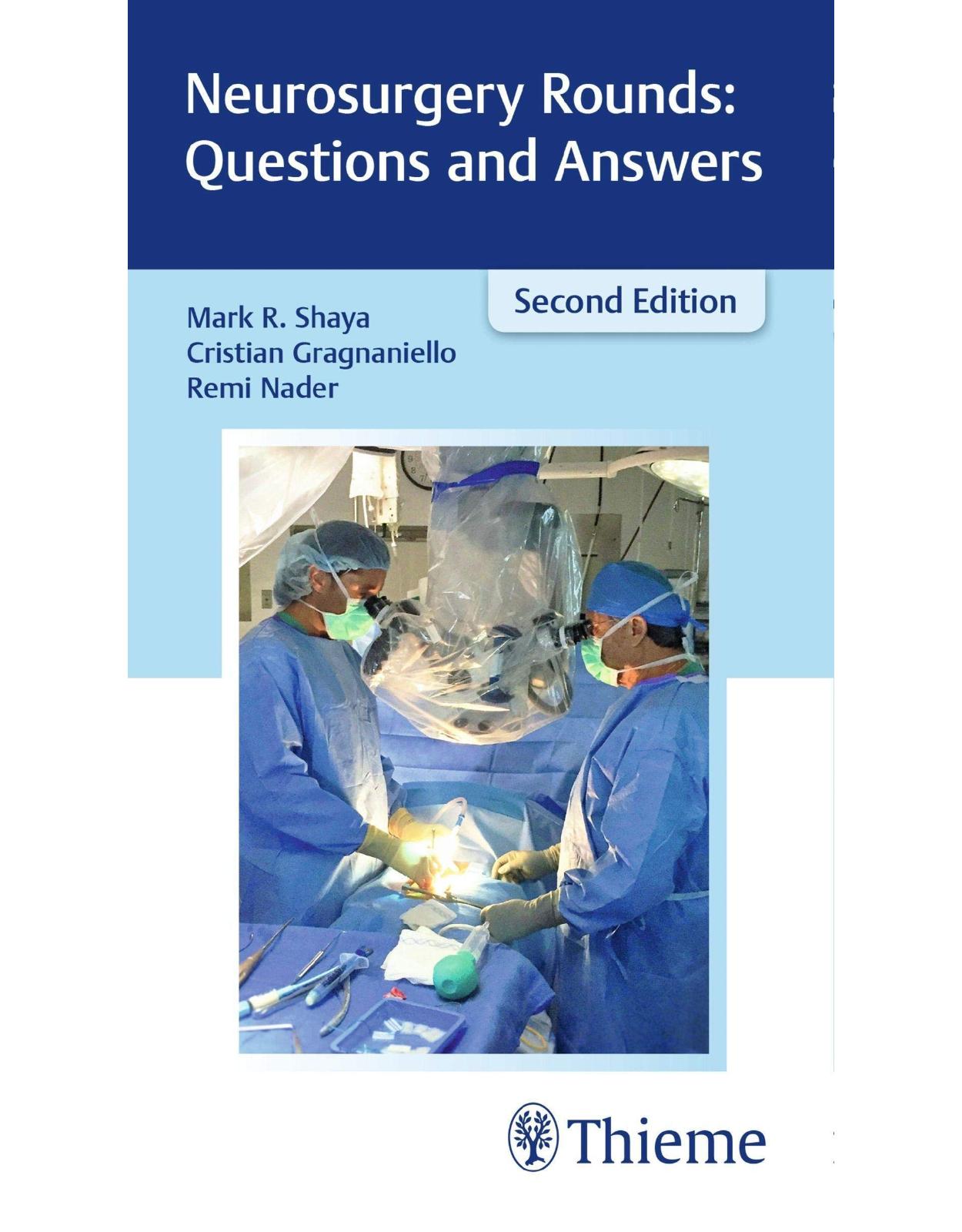
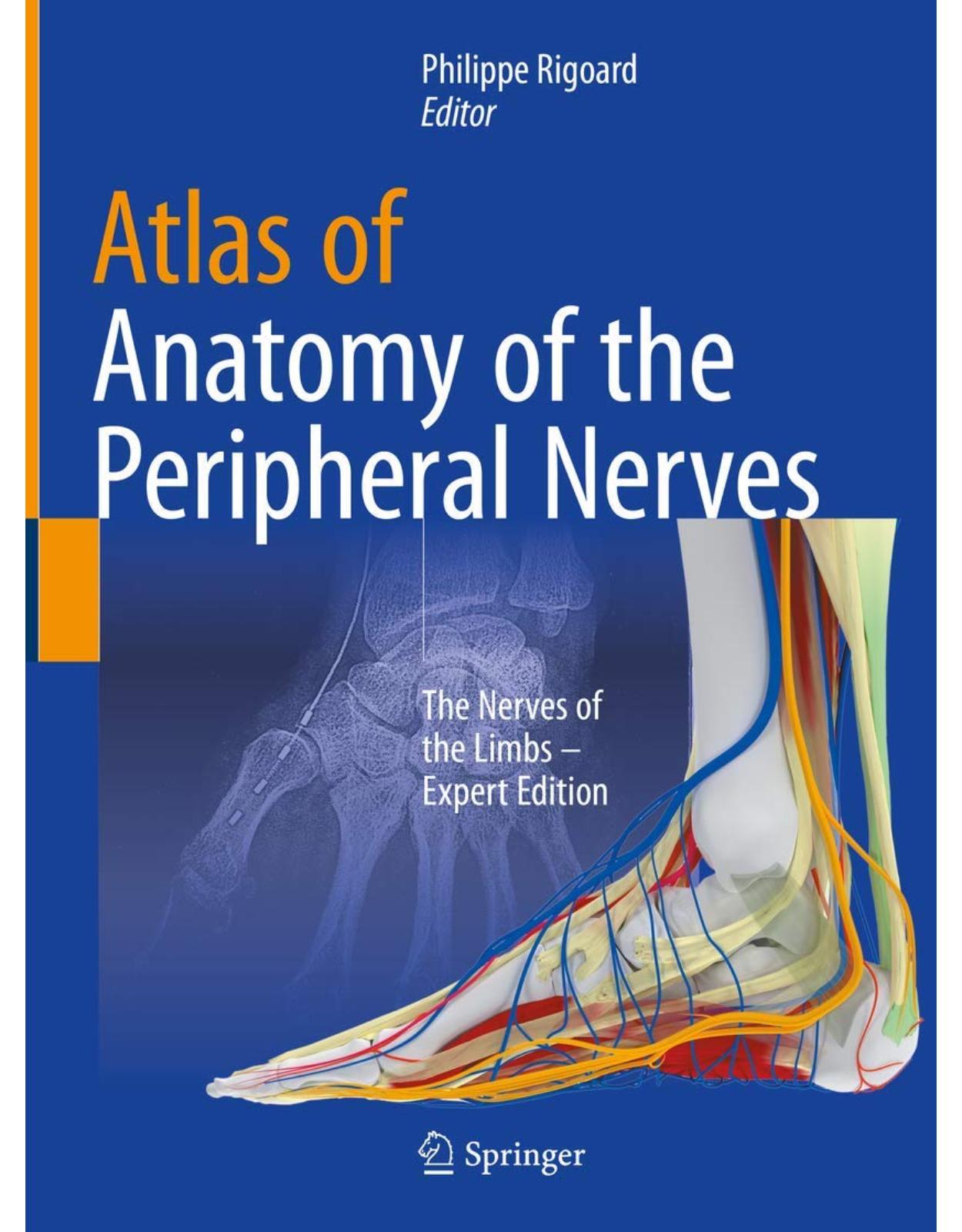
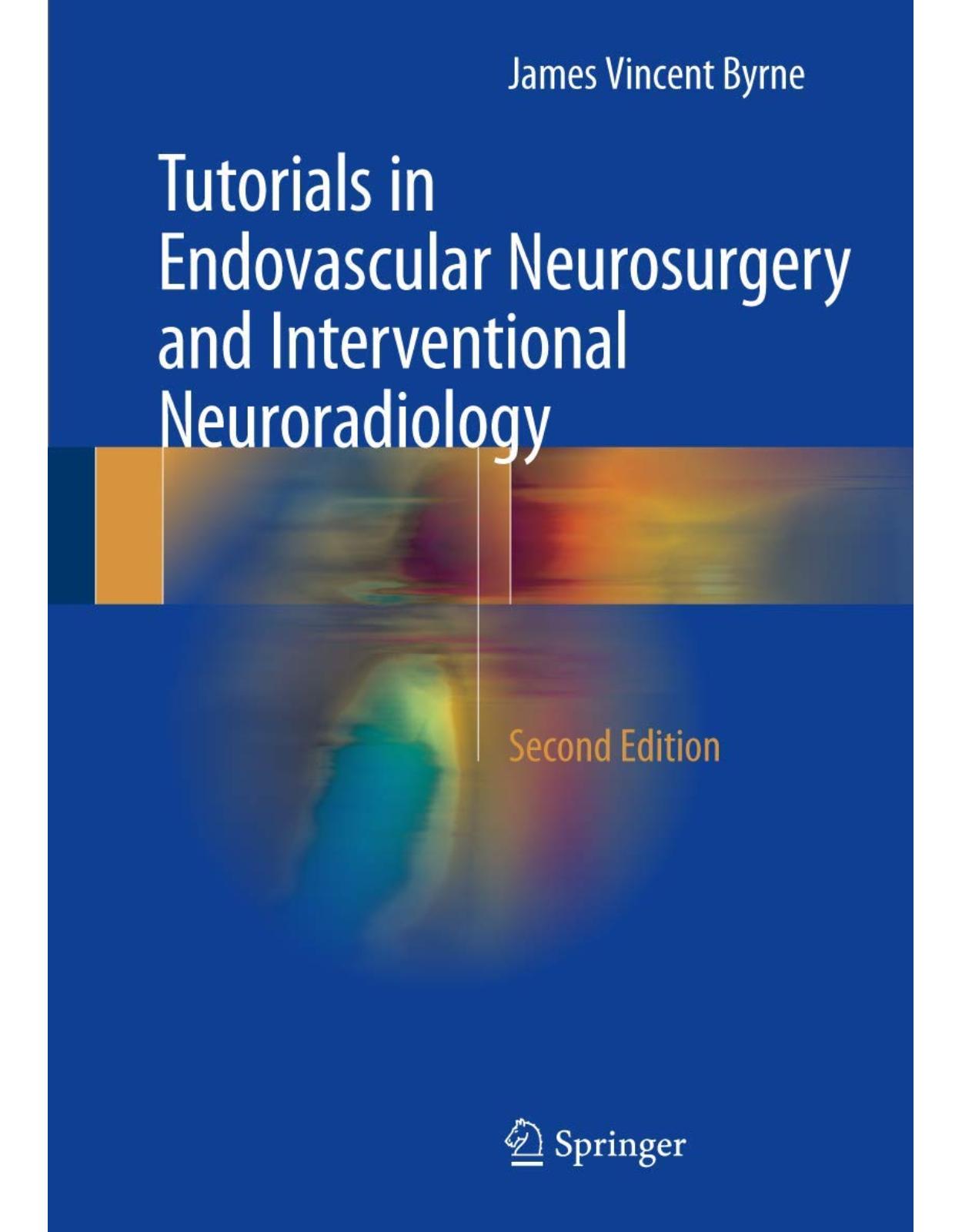
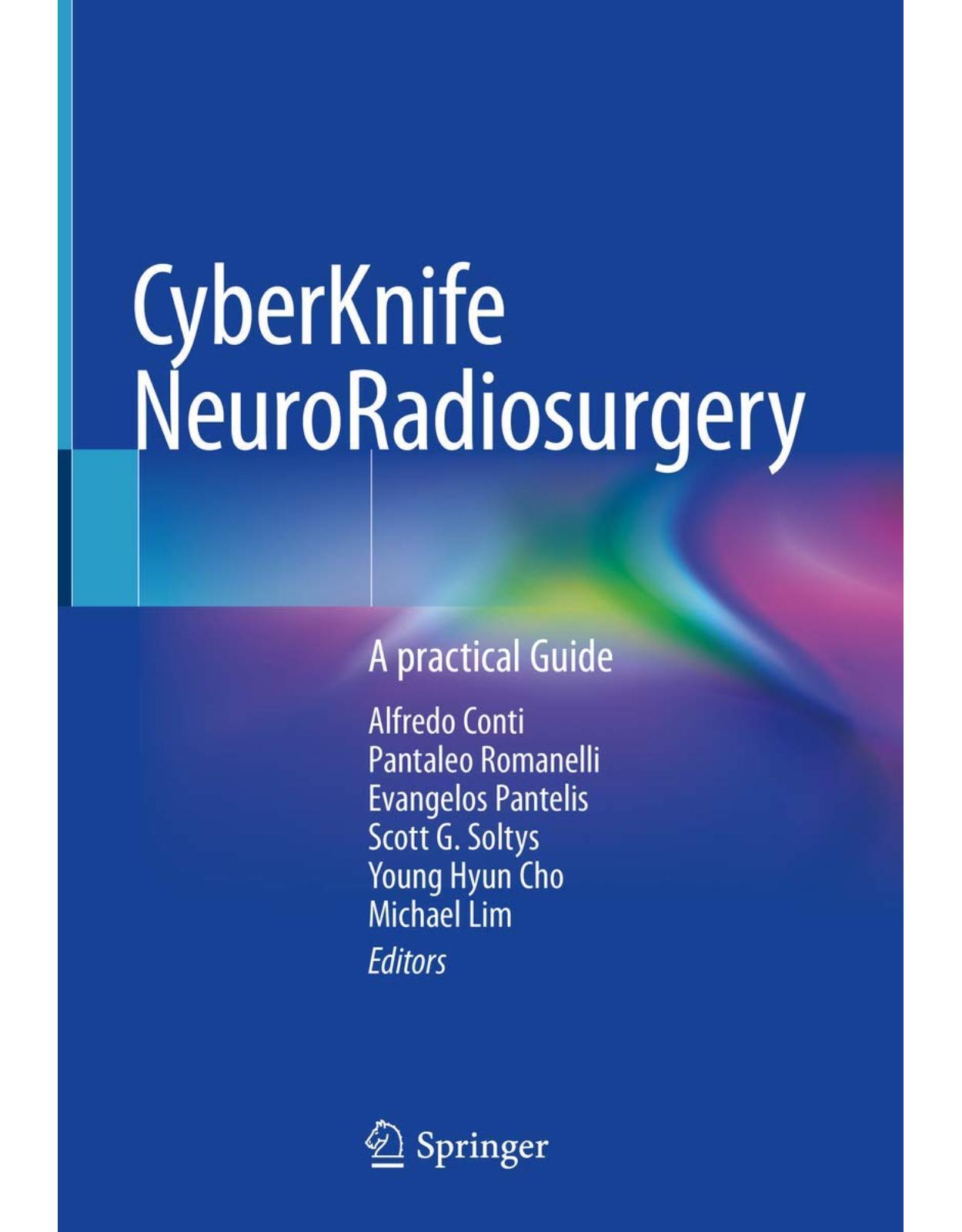
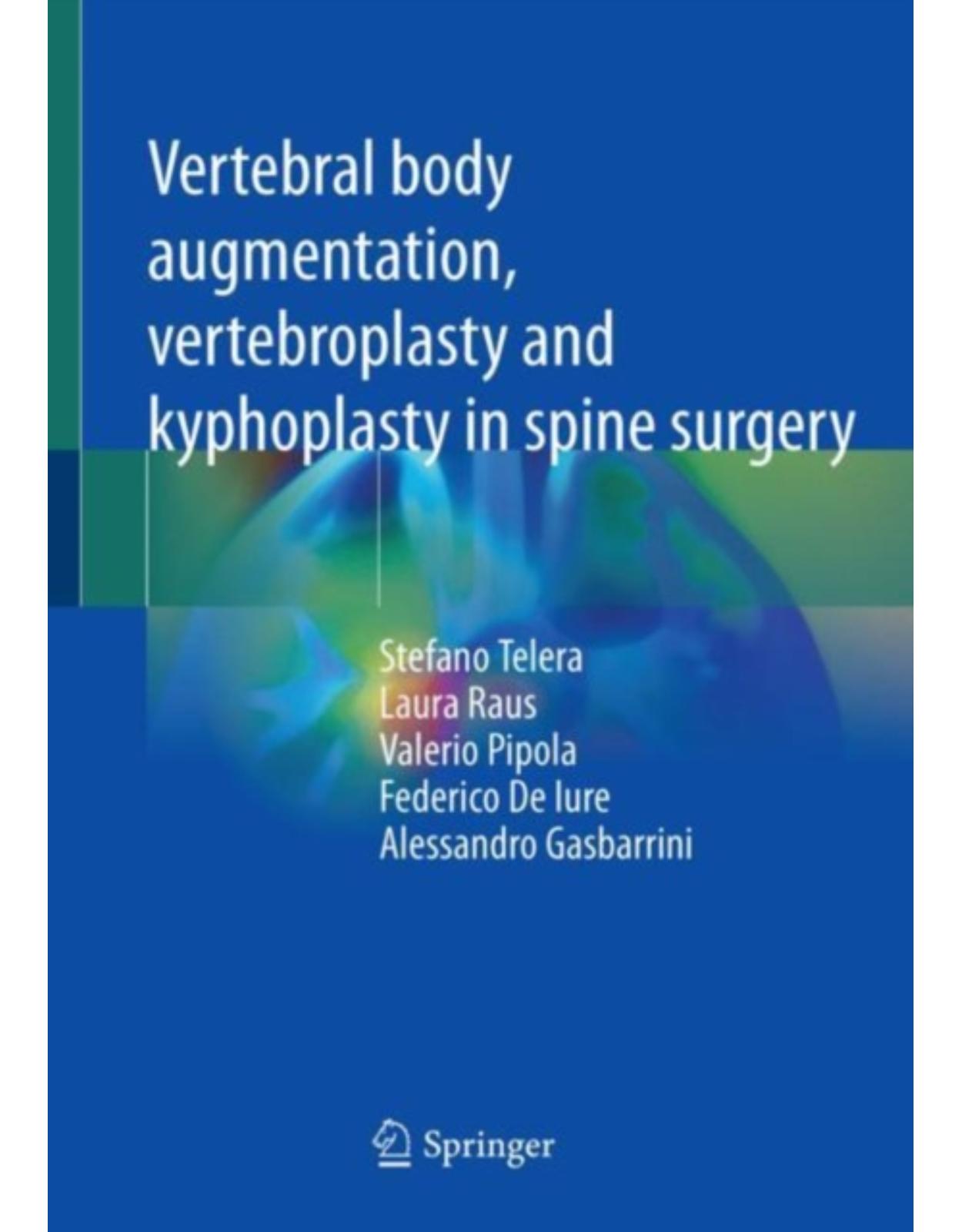
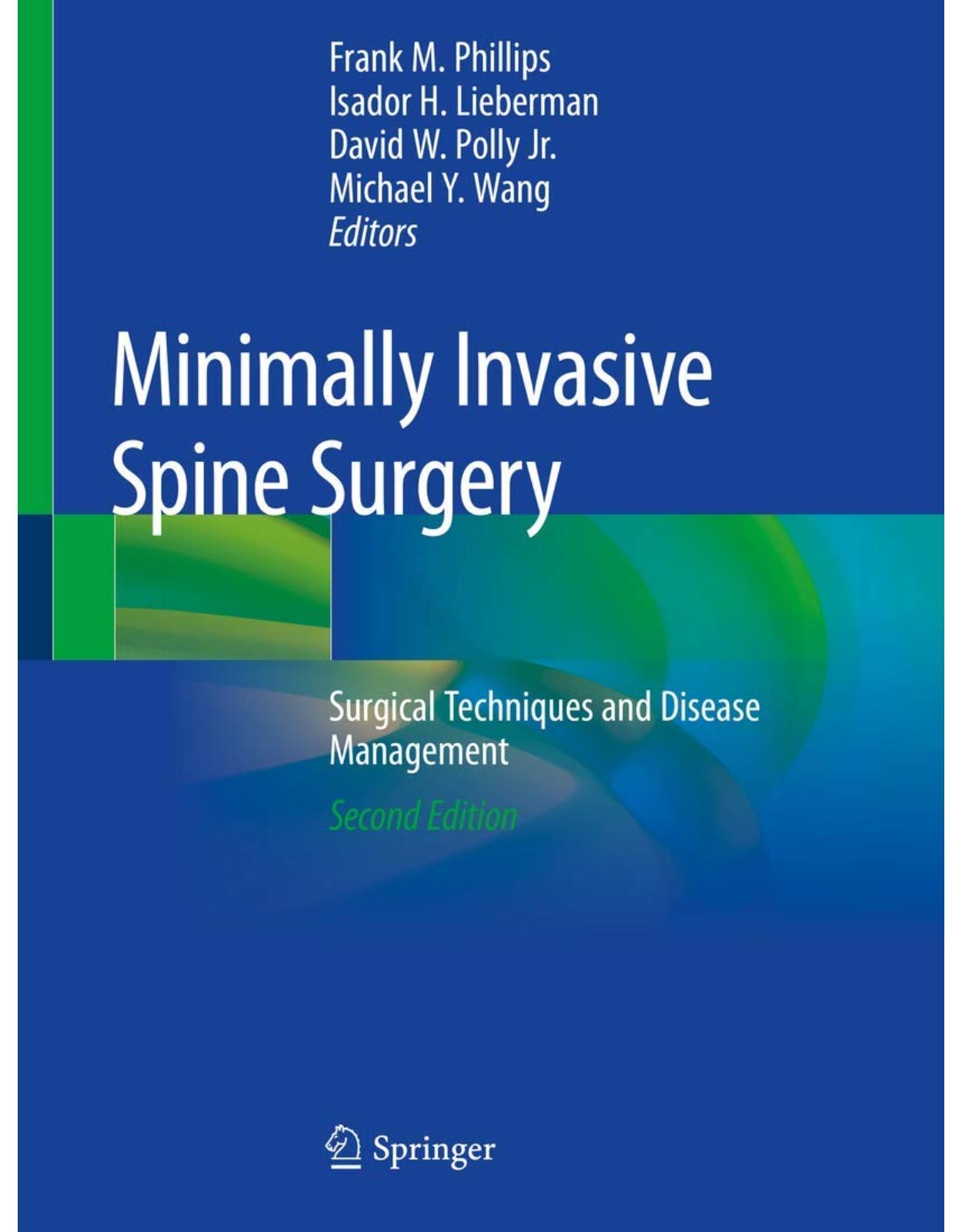
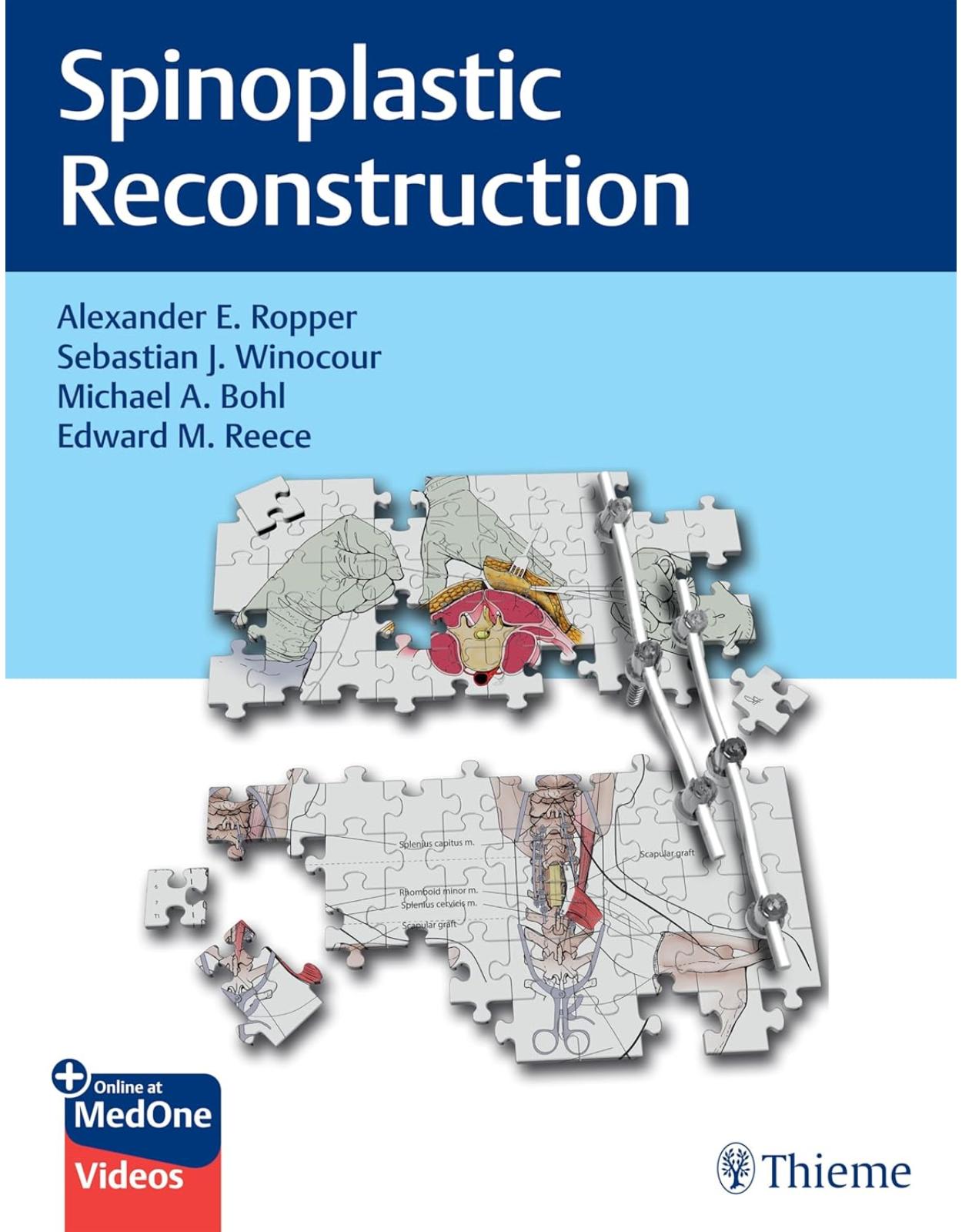
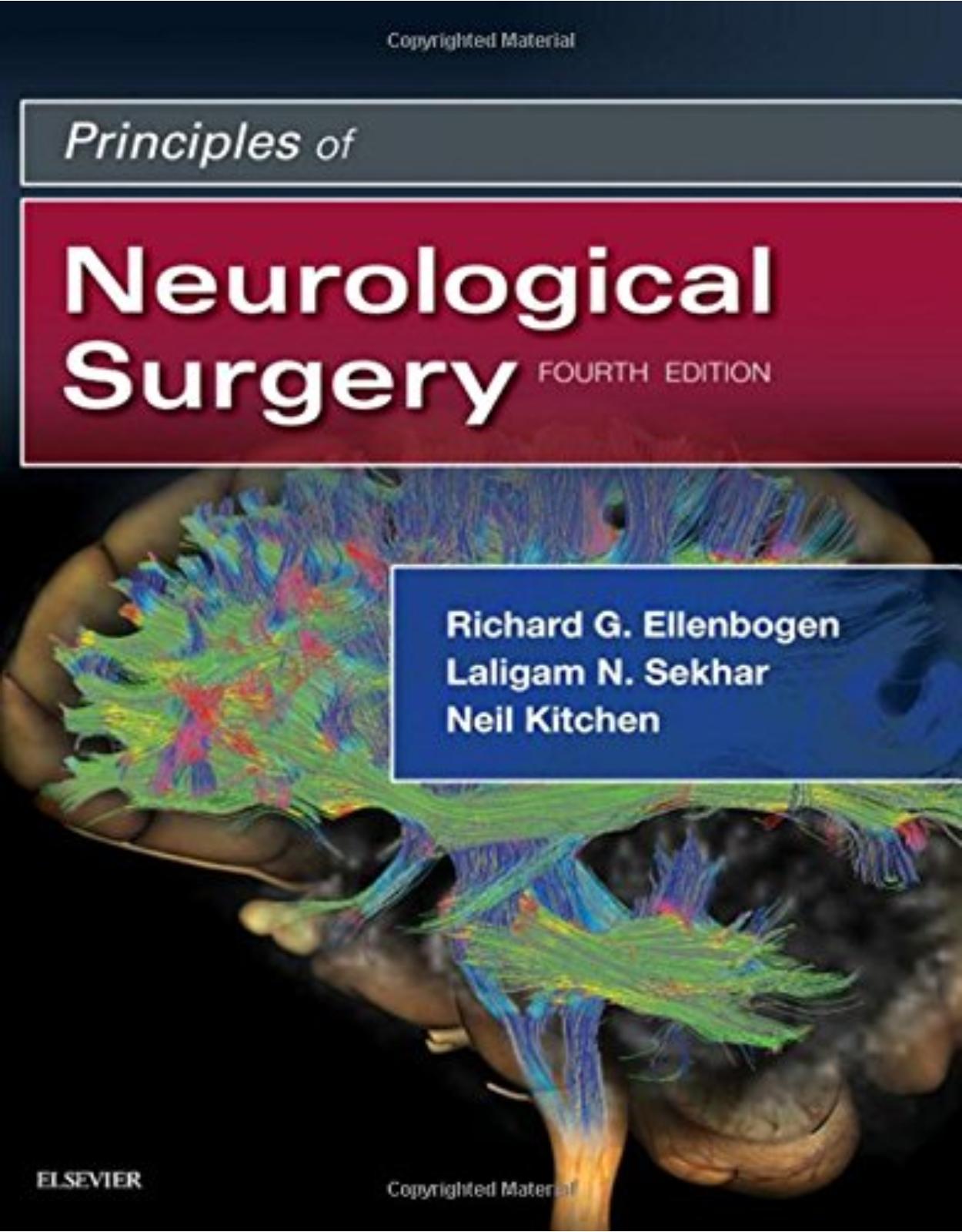
Clientii ebookshop.ro nu au adaugat inca opinii pentru acest produs. Fii primul care adauga o parere, folosind formularul de mai jos.